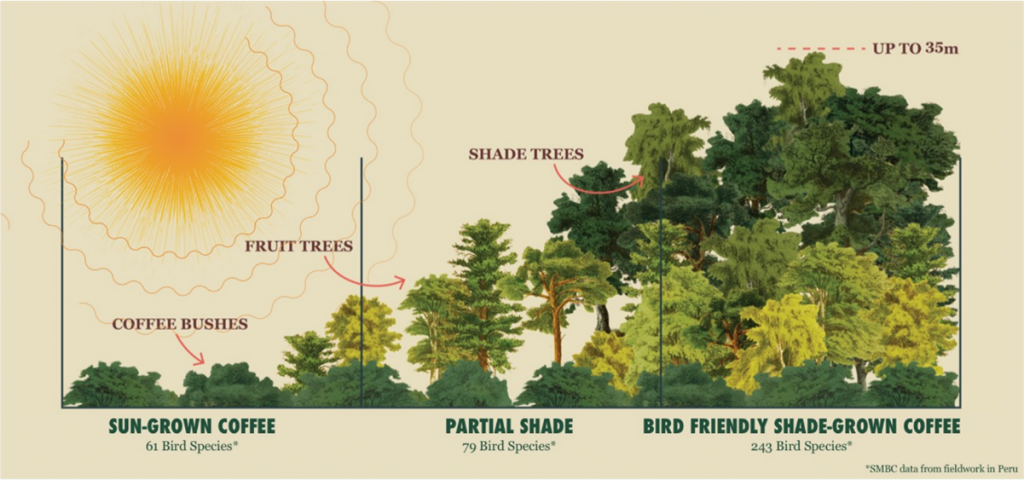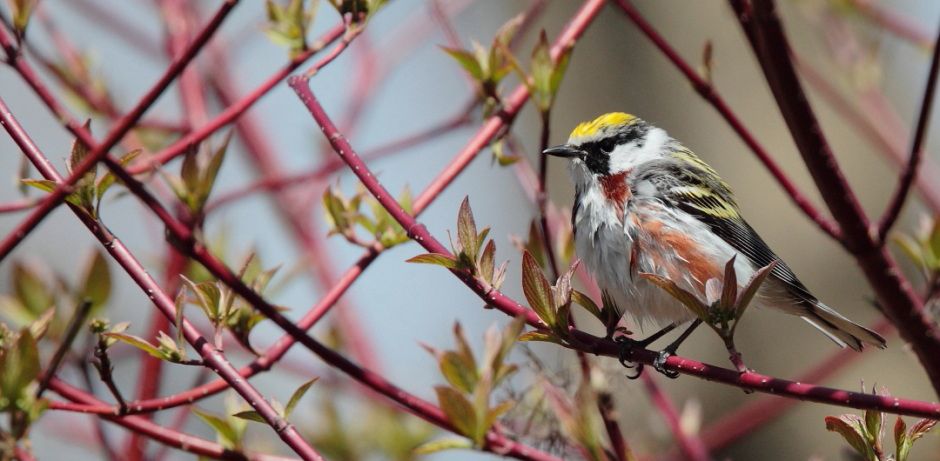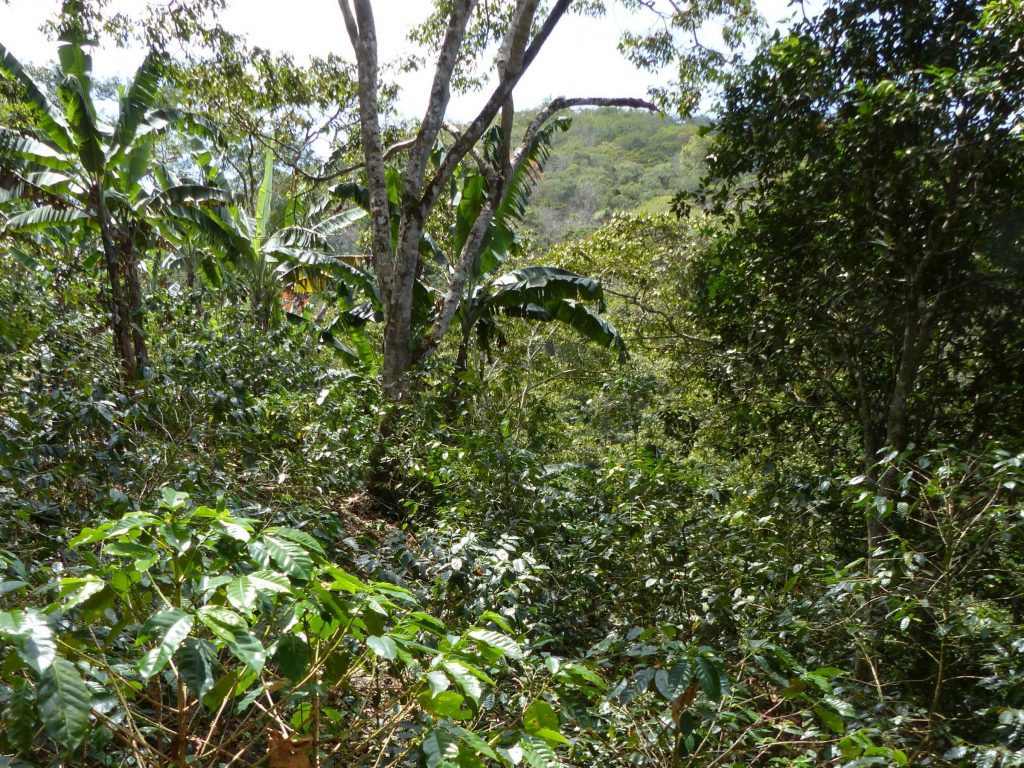Ontario Nature Blog
Receive email alerts about breaking conservation
and environmental news.
© Lora Denis
Indigo Bunting © Vincent Falrdeau
Our planet’s natural environment is under unprecedented stress. The good news is that you can help restore a healthy planet by reducing your environmental footprint, and we’re here to help you. This blog is part of a series that will help you go #GreenStepByStep. Subscribe to our blog to follow along!
Many of us enjoy a good cup of coffee either to get us going in the morning or keep us going during the day. Coffee beans are a bit like magic beans in this regard. But how much do we think about where and how that coffee was grown? We don’t think for a minute that coffee cultivation in faraway places can have an impact here in Ontario, but – spoiler alert – it does!
Coffee has been cultivated in South and Central America for more than 200 years. For most of that time, it has been grown under the shade of existing forest trees, since it naturally grows as an understory bush or small tree. It is a method of agriculture that we now call agro-forestry and it is a relatively low impact form of farming because it leaves much of the surrounding ecosystem intact and functioning.
Putting this brief history of coffee cultivation into context, our migratory birds have been making the trip from South and Central America to breeding grounds in North America for much longer – at least for several hundred thousand years. The introduction of this new activity – coffee farming – while not as good for bird habitat as leaving the forest in its natural state, left the forests as functioning ecosystems. In other words, it was a sustainable farming system as it allowed the birds to live much as they had done for many thousands of years.

Then came the rise of Industrial Agriculture in the 1970’s and the methods that served the farmers and the environment well for the past couple of hundred years were no longer in favour. Yield became the name of the game and forests were clear cut to grow coffee in the sun. More sun = more coffee.
The quest for increased yield was not without consequences. It has led to massive loss of habitat for our migratory birds and their numbers have plummeted. Today, we see anywhere from ⅓ to ½ the populations of these amazing creatures relative to what we saw in the 1970’s. Migratory birds face many challenges, but the loss of their winter habitat is one of the major threats to their survival.
We share our migratory birds with the people of South and Central America, so their choice of farming methods matters to us. What can we do? This is progress, after all. We can choose to support the farmers who continue to use the traditional methods. They see the damage caused by industrial agriculture and have chosen a different path.

How then, can we know under what conditions the coffee is grown? This is where the Smithsonian Bird Friendly coffee certification comes in. Scientists at the Smithsonian Migratory Bird Center developed a set of criteria that defines a coffee farm that provides good habitat for birds. Farms that meet those criteria can apply to be certified Bird Friendly.
Coffee from these certified farms, while not yet on mainstream supermarket shelves, is increasingly available in Canada and the United States. Look for it online and in specialty grocery shops or ask your independent coffee shop for it.
Next time you enjoy your cup of bird friendly coffee you can feel confident that you are helping to save habitat – they really are magic beans.

Birds & Beans have been long-time supporters of Ontario Nature. When you give an Ontario Nature membership to your friends and family this upcoming holiday season you will receive a complimentary bag of Ontario Nature blend organic, fair trade, bird friendly regular or decaf whole bean coffee from Birds & Beans!
You can order your Gift of Membership online or by contacting Hayley at 416-444-8419 ext. 248.

Gananoque Lake Nature Reserve © Smera Sukumar
In Oshawa we have a new and local roaster…Aves Coffee…whose coffee is all bird friendly. Check their website.And it’s good stuff!
Keith Jones
Oshawa